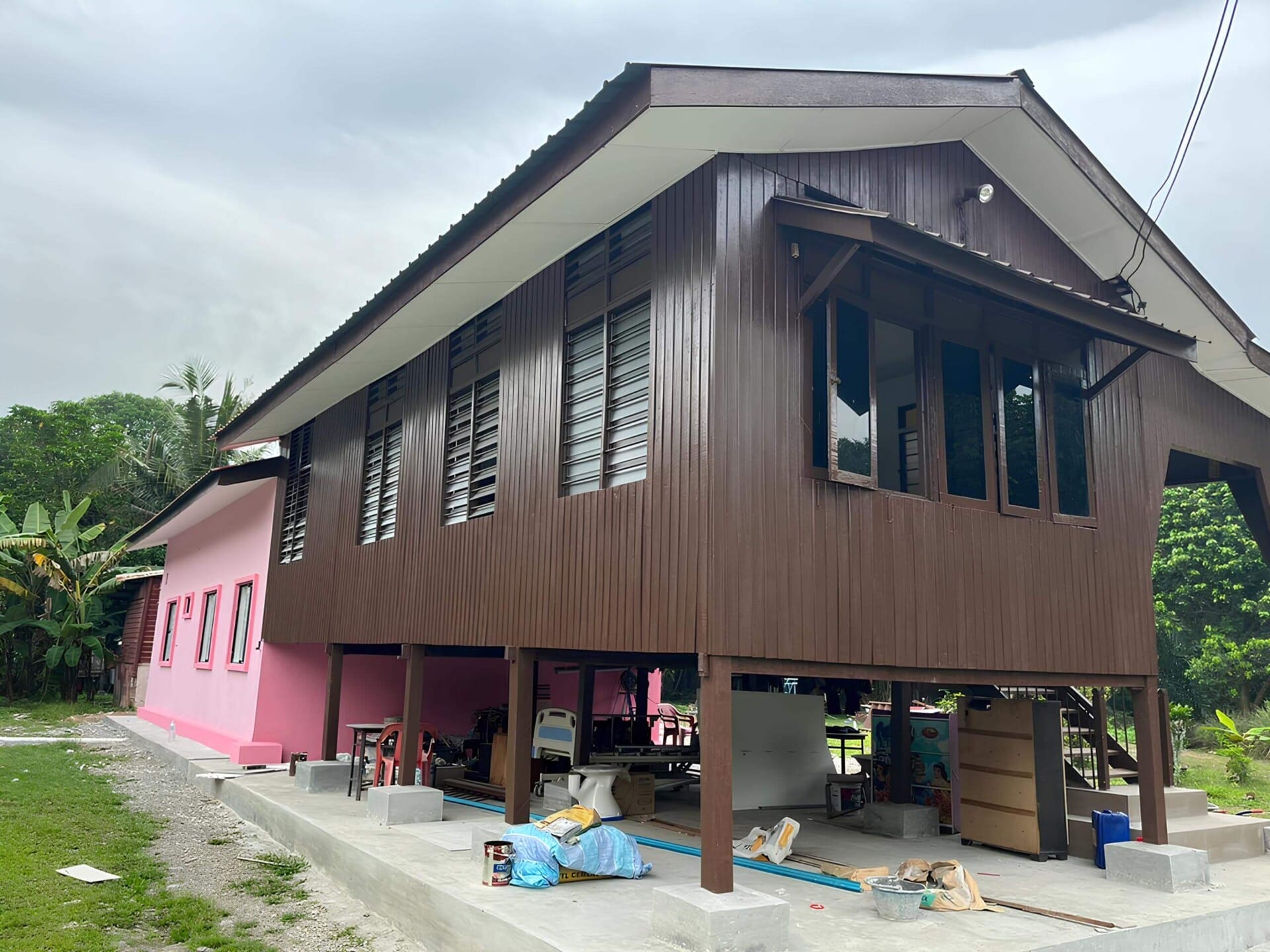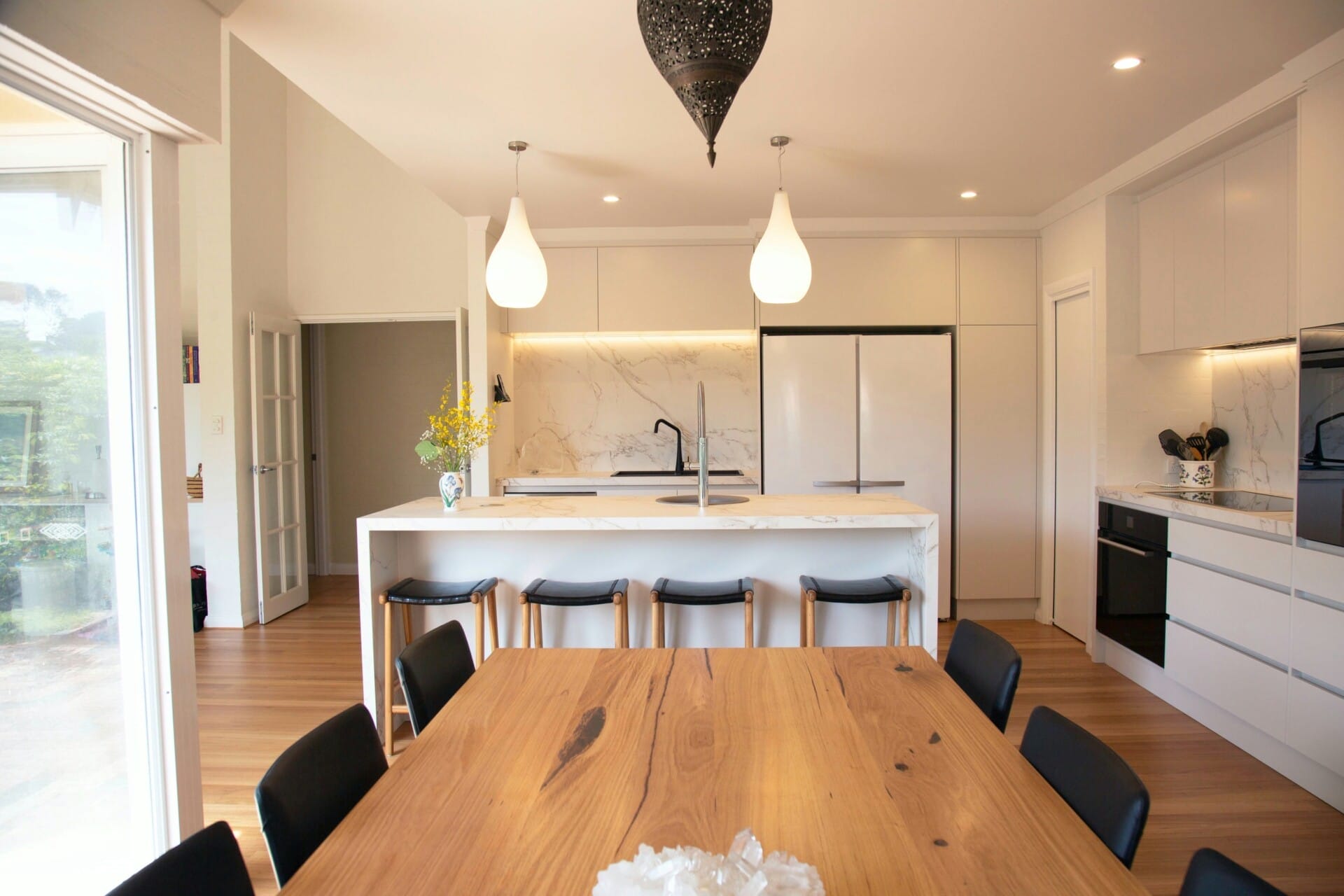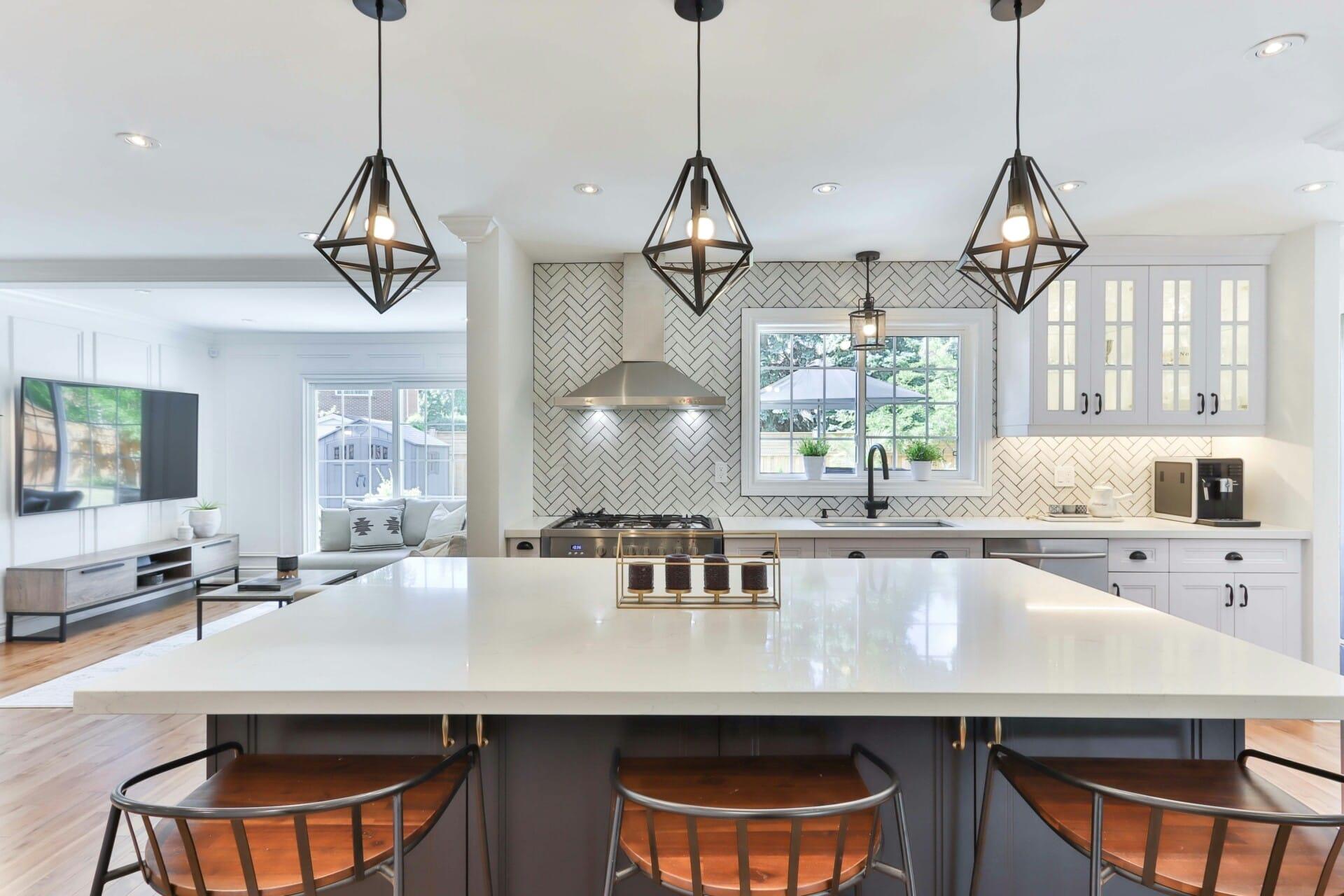Building a home is often viewed as a dream realized, a symbol of stability, and a personal sanctuary—all woven into the fabric of our lives. Yet, behind that inviting façade lies a complex journey, marked by numerous phases that demand careful planning and execution. From the initial spark of inspiration to the final touches that transform a house into a home, the home building process is an intricate tapestry of decision-making, coordination, and creative vision.
Navigating this multifaceted endeavor can be both exciting and overwhelming. Each phase carries its own significance, shaping not only the structural integrity of the dwelling but also reflecting the homeowner’s personality and lifestyle. Understanding these critical stages is essential for anyone venturing into the realm of construction—whether you’re a first-time builder or someone seeking to expand their knowledge.
In this article, we will unpack the important phases of the home building process, shedding light on what to expect at each step. From site selection and design, through permits and construction, to the final inspection and moving day, we will provide insights that empower prospective homeowners to make informed decisions and embrace the journey ahead. Join us as we explore the essential stages that pave the way to your dream home, equipping you with the knowledge needed to transform your vision into a tangible reality.
Key Preparations for a Successful Home Building Journey
Embarking on the journey of building your dream home requires thorough planning and preparation. First and foremost, it’s essential to establish a clear budget, as this will dictate many of your decisions along the way. Allocate resources wisely by considering major categories such as:
- Land Acquisition: The cost of purchasing the lot.
- Design and Architecture: Fees for hiring professionals.
- Materials: Costs for construction supplies.
- Labor: Wages for skilled workers.
- Permits and Inspections: Necessary compliance costs.
Another crucial step is selecting a reliable builder. Research potential contractors and assess their previous work through portfolios and client testimonials. A solid builder not only brings experience but also enhances the project’s efficiency. Key attributes to look for include:
- Reputation: How well do they speak about their past projects?
- Communication: Are they responsive and transparent?
- Flexibility: Can they adapt to unforeseen challenges?
- Timeline: Can they deliver on schedule?
Lastly, familiarizing yourself with the local regulations and zoning laws is paramount. This ensures that your project stays within legal boundaries. Consider preparing a simple reference table to keep track of necessary permits and timelines:
| Permit Type | Processing Time | Required Documents |
|---|---|---|
| Building Permit | 2-4 weeks | Site Plan, Construction Drawings |
| Electrical Permit | 1 week | Electrical Plans |
| Plumbing Permit | 1-2 weeks | Plumbing Plans |

Essential Design Considerations for Your Dream Home
html
Designing your dream home goes beyond aesthetics; it involves careful planning and consideration of various elements that will impact your living experience. First and foremost, functionality should be at the forefront of your design choices. Think about how each space will be used, ensuring you create a layout that maximizes flow and accessibility. For instance, open-concept spaces can enhance connectivity among rooms, making it easier to entertain or supervise family activities, while separations can provide privacy when needed.
Another vital aspect to consider is sustainability. As we become more eco-conscious, integrating green practices into your home design not only contributes to the environment but also reduces long-term costs. When selecting materials, look for options that are durable and energy-efficient. Elements such as insulation, energy-efficient windows, and solar panels can significantly lower your carbon footprint and enhance the comfort of your home.
Lastly, don’t overlook the importance of aesthetics. Your home should be a reflection of your personal style. Consider creating a mood board that combines colors, textures, and architectural styles that resonate with you. To further assist in the visualization process, utilize a simple comparison table of potential materials and styles:
Material/Style
Aesthetic Appeal
Durability
Cost
Wood
Warm and inviting
Moderate
$
Stone
Timeless elegance
High
$$$
Glass
Modern and airy
Moderate
$$
Brick
Classic durability
High
$$

Navigating the Construction Phase with Confidence
Embarking on the construction phase of your home can feel exhilarating yet daunting. To help maintain a steady trajectory, it’s essential to engage in thorough communication with your contractor and team. Clear expectations and open dialogues about timelines, materials, and budgets lay the groundwork for a smooth process. Make it a point to establish regular check-ins to monitor progress, discuss challenges, and celebrate milestones. This proactive stance not only fosters a collaborative atmosphere but also mitigates misunderstandings that can lead to costly setbacks.
Understanding the core elements involved in the construction phase is crucial for navigating potential obstacles. Key aspects to focus on include site preparation, foundation work, and framing. Each phase has its intricacies and demands precision. Consider the following factors during these processes:
- Site Preparation: Evaluate soil stability, drainage, and environmental considerations.
- Foundation Work: Implement detailed inspections at each step to assure quality.
- Framing: Ensure framing aligns with architectural designs and structural integrity.
Another important component to monitor is inspections and compliance with local building codes, as they are designed to guarantee safety and integrity. After completing specific phases, schedule inspections to ensure adherence to regulations. Tracking these elements can be aided by utilizing a construction timeline to keep everyone accountable and informed. Below is a simple table to outline the essential stages and their corresponding inspection checkpoints:
| Construction Stage | Inspection Needed |
|---|---|
| Site Preparation | Soil and Drainage Inspection |
| Foundation Work | Foundation Inspection |
| Framing | Framing Inspection |
| Rough Mechanical | Mechanical & Plumbing Inspection |
| Final Walkthrough | Final Inspection |

Post-Build Insights for a Smooth Transition to Homeownership
As your home reaches the culmination of its construction, a wealth of insights and experiences emerge, paving the way for a successful transition into your new abode. To ensure a seamless move-in process, it’s crucial to understand various aspects of the build’s completion. Begin by reviewing the final inspection report thoroughly. This document outlines any pending work or issues that need attention and acts as your guide to ensuring that everything is in top-notch condition before you take possession of your home.
Another essential step is to familiarize yourself with the workings of your new home. This includes understanding the locations and functions of vital systems such as electrical panels, water shut-off valves, and HVAC units. Take a guided walkthrough with your builder or contractor, asking questions about maintenance and any peculiarities of the systems installed. This proactive approach can save you from potential headaches in the future.
Lastly, connecting with your community can substantially improve your homeownership experience. Join local online groups or community organizations where you can exchange information with your neighbors, learn about local services, and participate in social events. Here are some benefits of embracing your new community:
- Networking opportunities: Build connections that can help in emergencies.
- Local events: Stay updated on happenings and foster friendships.
- Community support: Share resources and tips with fellow homeowners.
Q&A
Q&A: Important Phases in the Home Building Process You Need to Understand
Q: What are the initial steps to start the home building process?
A: Before you lay the foundation, it’s essential to lay the groundwork in other ways. Begin with thorough research to understand your budget, the land, and design inspirations. A well-defined plan helps you visualize your dream home and streamlines the entire building process.
Q: How important is obtaining permits, and when should this take place?
A: Securing permits is a crucial phase that must occur right after your plans are in place. These permits not only ensure that your home complies with local building codes but also protect you from future legal and financial troubles.
Q: Can you explain the excavation phase?
A: Absolutely! Excavation involves preparing the site for construction, which typically includes digging the foundation. Think of it as sculpting the earth—this phase is where your future home begins to take shape, setting the stage for a solid structure.
Q: What comes after the initial construction?
A: Once the skeleton of your home is up—framing, roofing, and siding—it’s time for installations. This includes plumbing, electrical systems, and insulation. Essentially, it’s when your home transitions from being a mere framework to a more livable space.
Q: How does the interior finishing process work?
A: The interior finishing is where your home really begins to reflect your style. This phase covers everything from drywall installation to flooring, painting, and fixtures. It’s the moment you can start to imagine how your life will unfold in these spaces.
Q: Why is the final inspection phase critical?
A: Final inspection is the homeowner’s last line of defense before taking possession. This comprehensive review checks for compliance with all regulations and standards, providing peace of mind, knowing that your new home is safe and sound.
Q: After I move in, are there any additional considerations?
A: Yes, absolutely! Once you’ve settled in, it’s essential to keep a maintenance schedule to ensure your home remains in great condition. Regular upkeep helps prevent issues down the road and can preserve or even enhance your property’s value.
Q: What advice do you have for homeowners during this process?
A: Stay informed, be patient, and maintain open lines of communication with your builder. Building a home is a journey filled with ups and downs; flexibility and understanding can make the process smoother and much more enjoyable.
—
This Q&A highlights essential aspects of the home building process while maintaining a neutral tone that underscores the importance of knowledge and preparation.
In Summary
embarking on the journey of home building is a remarkable endeavor, filled with excitement and a fair share of complexity. By understanding the essential phases—from conception to construction, and final completion—you can navigate this intricate process with greater confidence and clarity. Each stage presents its own unique challenges and rewards, and being well-informed allows you to make decisions that will pave the way to your dream home. As you step into this transformative experience, remember that knowledge is your steadfast ally, guiding you through the various twists and turns. So, embrace the process, communicate effectively with your team, and soon you will find yourself standing in a space that truly reflects your vision and values. Happy building!


